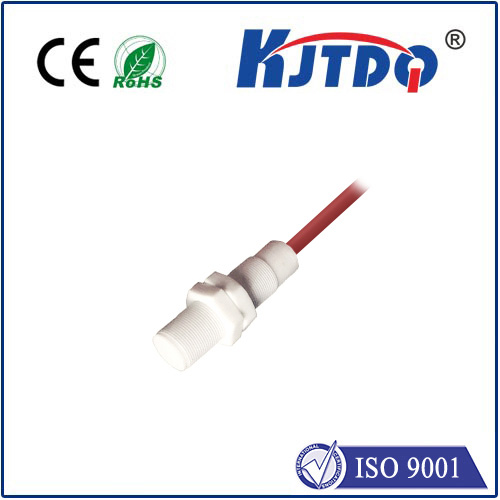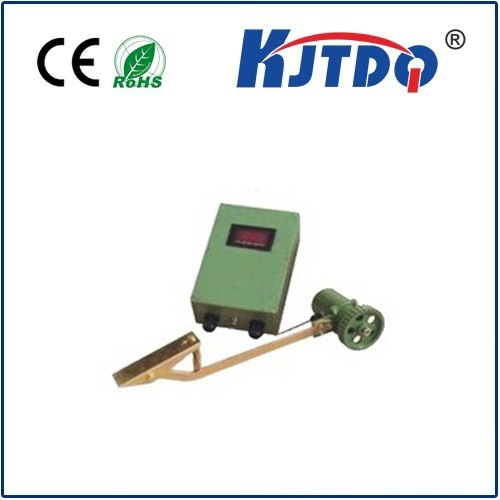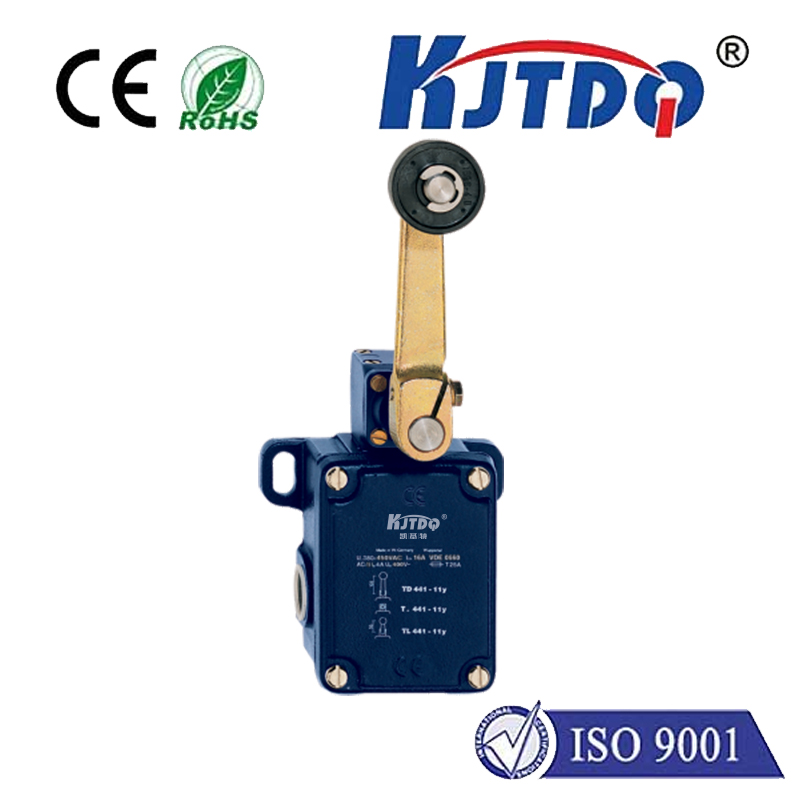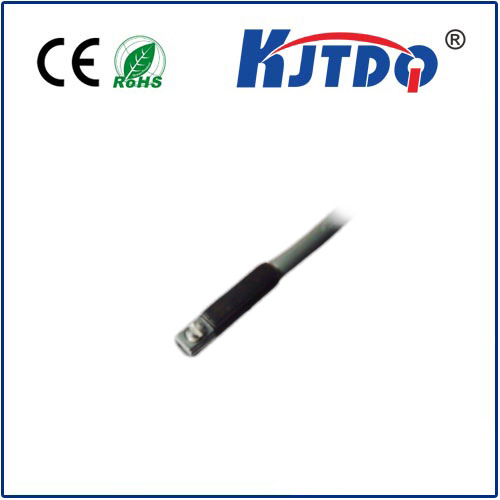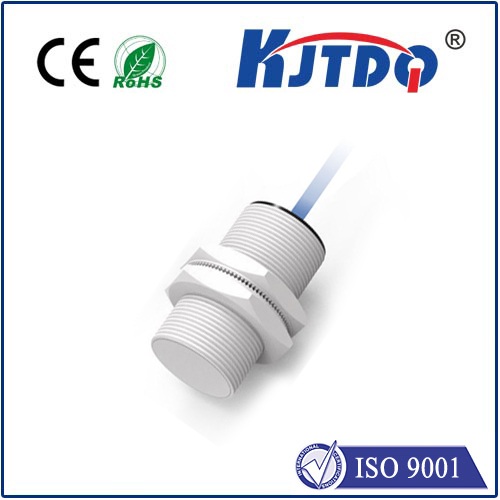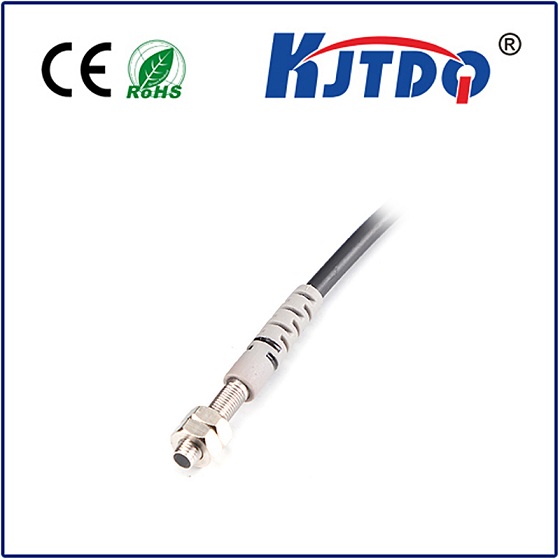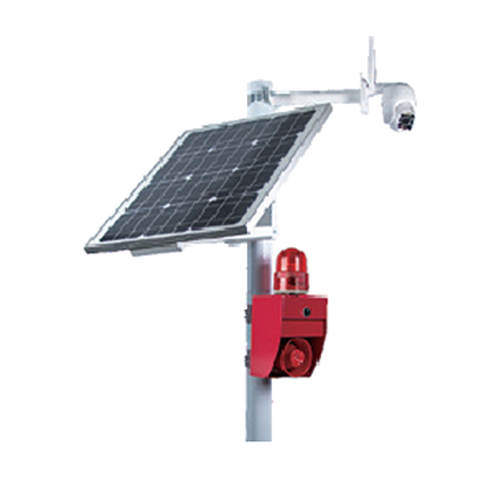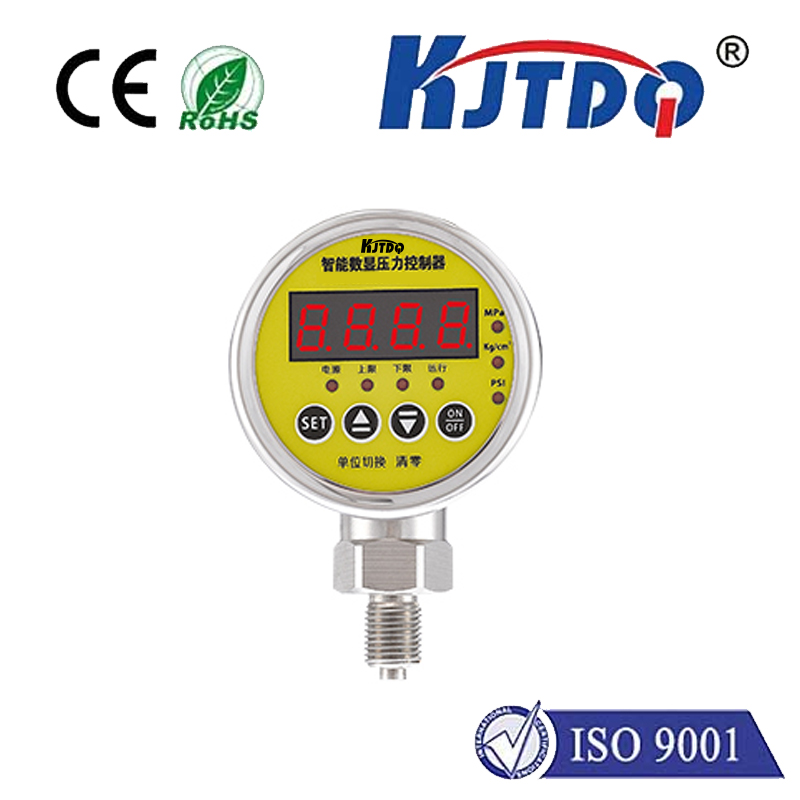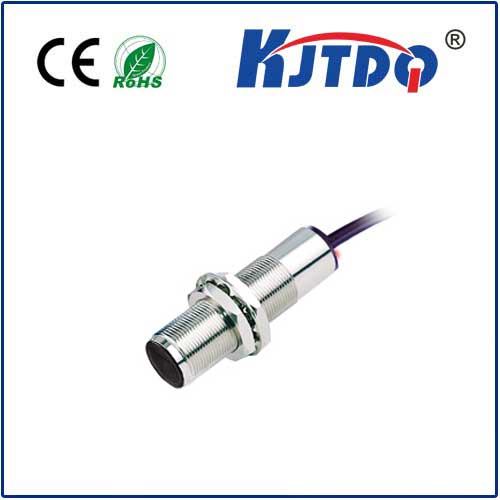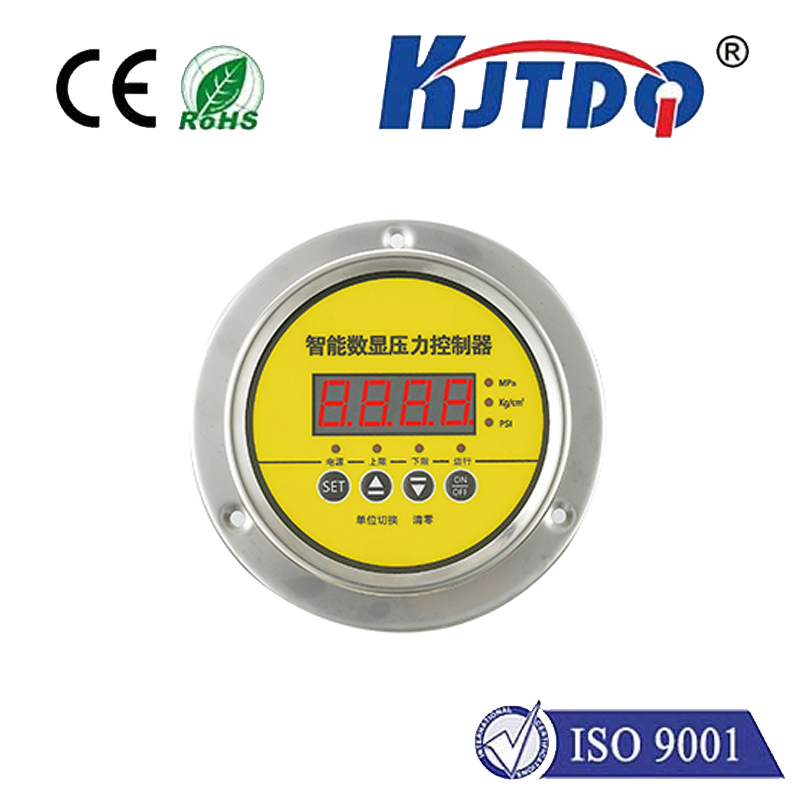micro optical sensor
- time:2025-09-11 05:32:33
- Click:0
Micro Optical Sensors: Revolutionizing Industries with Light-Based Precision
In the unseen currents of modern technology, where the imperceptible often dictates performance, micro optical sensors stand as silent sentinels. These miniature marvels, harnessing the power of light for detection and measurement, are fundamentally transforming how we interact with devices, monitor processes, and understand our environment. From the smartphone in your pocket to advanced medical diagnostics on the cutting edge, micro optical sensors are enabling unprecedented levels of precision, miniaturization, and reliability, quietly driving innovation across countless sectors.
Demystifying Micro Optical Sensors: Small Size, Big Impact
At their core, micro optical sensors are devices that detect physical, chemical, or biological phenomena by manipulating and measuring light signals on a microscale. They leverage principles of optics (reflection, refraction, diffraction, interference, absorption) within incredibly compact structures. This miniaturization, often achieved through microfabrication techniques akin to semiconductor manufacturing, is their defining characteristic and primary advantage. Unlike bulkier traditional optical setups, micro optical sensors integrate seamlessly into tight spaces, complex systems, and portable or wearable devices where size and weight are critical constraints. Their operation typically involves a light source (like a micro-LED or laser diode), a sensing element that interacts with the target, and a photodetector that converts the altered light signal into an electrical output for analysis.
Why Micro Optical Sensors are Revolutionizing Sensing

The shift towards micro optical solutions is driven by several compelling advantages over conventional sensing methods:
- Extreme Miniaturization: This is their superpower. Their tiny footprint enables integration into applications previously impossible, from implantable medical devices to micro-drones and dense industrial automation systems.
- Enhanced Sensitivity and Precision: Precise microfabrication allows for highly controlled optical paths and interaction volumes, leading to superior detection limits and measurement accuracy for parameters like distance, displacement, pressure, chemical concentration, and biological markers.
- Low Power Consumption: Miniaturized components, especially efficient light sources, result in significantly lower power requirements. This is crucial for battery-powered devices, extending operational life dramatically.
- High Speed and Bandwidth: Light travels fast. Micro optical sensors can detect rapid changes or high-frequency signals, making them ideal for dynamic processes, high-speed communication, and real-time control systems.
- Immunity to Electromagnetic Interference (EMI): Relying on light rather than electrical currents for the sensing mechanism inherently makes them resistant to EMI, ensuring stable operation in electrically noisy environments like factories or near heavy machinery.
- Robustness and Reliability: Solid-state designs with no moving parts (in many configurations) enhance durability, reduce wear and tear, and improve long-term reliability compared to mechanical sensors.
Diverse Applications: Where Light Meets Innovation
The unique capabilities of micro optical sensors have unlocked transformative applications across a vast spectrum:
- Consumer Electronics: They are ubiquitous here. Think proximity sensors turning off your smartphone screen during calls, ambient light sensors optimizing display brightness, fingerprint sensors using optical patterns, and gesture recognition in smart devices. Miniature optical encoders ensure precise control in gaming mice and trackpads.
- Medical & Life Sciences: This is a rapidly growing frontier. Micro optical sensors enable:
- Lab-on-a-Chip (LOC) diagnostics: Detecting specific biomolecules (like glucose or pathogens) in tiny fluid samples using fluorescence or absorption changes.
- Endoscopy & Minimally Invasive Surgery: Providing high-resolution imaging and precise tissue characterization through ultra-thin probes.
- Wearable Health Monitors: Continuously tracking vital signs like blood oxygen saturation (SpO2), heart rate, and potentially even blood glucose levels non-invasively using optical principles.
- Implantable Devices: Monitoring physiological parameters deep within the body with minimal impact.
- Industrial Automation & Manufacturing: Precision is paramount here. Micro optical sensors excel in:
- Precise Position & Displacement Detection: Critical for robotics, CNC machines, and quality control.
- Vibration Monitoring: Detecting minute vibrations in machinery for predictive maintenance.
- Object Detection & Sorting: Identifying objects on high-speed production lines based on shape, color, or reflectivity.
- Level Sensing: Monitoring fluid or granular material levels in tanks.
- Surface Inspection: Detecting microscopic defects, scratches, or contamination on manufactured parts.
- Automotive: Enhancing safety and autonomy:
- LiDAR (Light Detection and Ranging): Core components of autonomous driving systems for 3D mapping and obstacle detection.
- Occupancy & Gesture Sensing: Improving in-cabin experience and safety.
- Headlight Control & Rain Sensing: Automatic adjustments based on ambient conditions.
- Environmental Monitoring: Deploying compact, low-power sensors for air quality (particulate matter, gas concentrations), water quality parameters, and weather phenomena in remote or distributed networks.
- Aerospace & Defense: Demanding environments benefit from their robustness, precision, and EMI immunity for navigation, structural health monitoring, and targeting systems.
The Future is Bright: Trends Shaping Micro Optical Sensors
The evolution of micro optical sensor technology shows no signs of slowing. Key trends shaping its future include:
- Integration & Multi-Functionality: Combining multiple sensing functions (e.g., pressure, temperature, chemical) onto a single micro-optical chip for comprehensive analysis.
- Advancements in Photonics Integration: Leveraging silicon photonics and other platforms to integrate optical sources, waveguides, modulators, and detectors more densely and efficiently.
- New Materials & Nanophotonics: Utilizing metamaterials, plasmonics, and quantum dots to achieve unprecedented sensitivity, selectivity, and novel functionalities beyond classical limits.
- Artificial Intelligence (AI) Fusion: Integrating AI algorithms directly with sensor data streams for intelligent, real-time analysis, pattern recognition, and predictive capabilities at the edge.
- Biomedical Breakthroughs: Continuous development towards non-invasive, highly specific biosensors for point-of-care diagnostics and personalized medicine.
Conclusion
In essence, the journey of the micro optical sensor is one of translating fundamental light interactions into powerful, practical knowledge on an incredibly tiny scale. Their unique blend of precision, compactness, and robust performance makes them not just components, but critical enablers of the next generation of smarter devices, safer systems, and deeper insights into our world and ourselves. As fabrication techniques advance and new optical principles are harnessed, the reach and impact of these remarkable miniature marvels will only continue to expand, illuminating the path towards ever more sophisticated technological horizons.






